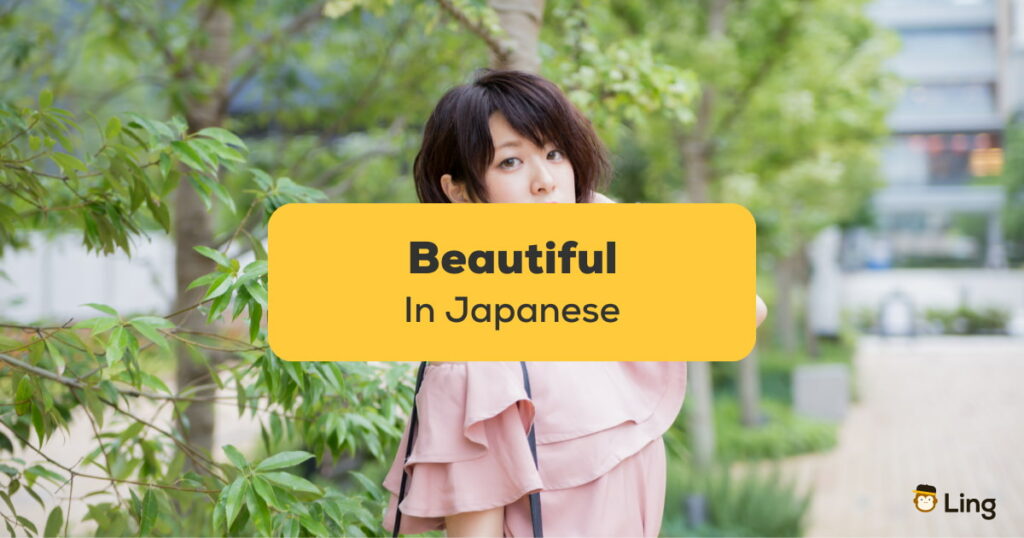Beauty is everywhere. You can find beauty in nature, people, and objects, and there is always a deeper meaning to the word beautiful. In Japan, there isn’t just one word that means beautiful. The Japanese language offers dozens of different ways to describe beauty. The Japanese can explain feelings perfectly in ways that other languages simply can’t.
Once you learn all the fantastic ways to say beautiful in Japanese, you’ll find yourself wishing your native language could express all the nuances of beauty like in Japanese.
What Is The Japanese Word For Beautiful?
There are many ‘beautiful’ words in the Japanese language. It’s not as straightforward as using the word ‘beautiful’ to describe everything you see. There are different levels of beauty that could be rated on a scale from one to ten (ten being extremely beautiful.)
As with many languages, the Japanese have many synonyms for beautiful that are used in specific situations, such as pretty, cute, gorgeous, elegant, handsome, and more!
The word beautiful in Japanese and its synonyms are used to describe:
- people
- places
- nature
- experiences
- art
- objects
- animals
So let’s get going!
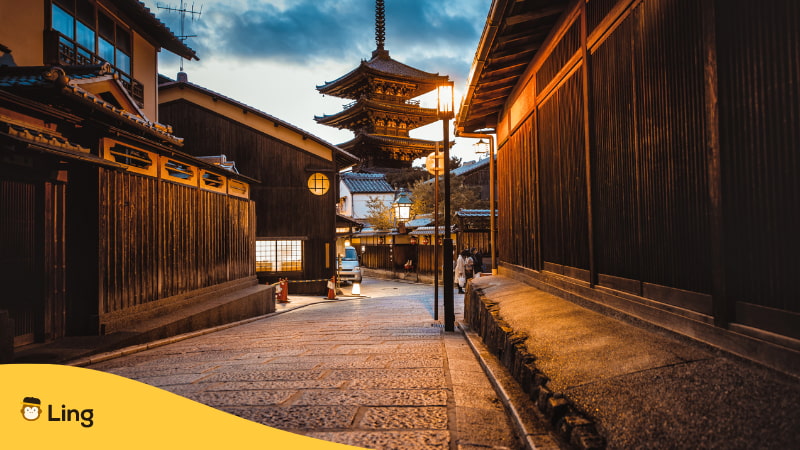
How To Say Beautiful In Japanese?
What are the different ways to say beautiful in Japanese? If we think of all the different ways to express beauty, it could be helpful to think of an umbrella or a pyramid. At the top of this ‘umbrella,’ we would have the Japanese words for beautiful, “kireina,” “utsukushii,” and all their conjugations and synonyms underneath. In Japanese, these are the two most popular ways to say something or someone is beautiful.
What Does Kireina Mean?
Kireina – 綺麗な (きれいな) / kee-rain-na Handsome
Kireina means neat, clean, or beautiful. It’s usually used to describe places or things that are beautiful, pretty, clean, or neat. It is used when giving a compliment about places or objects.
How To Use Kireina To Say ‘Beautiful’ In Japanese
Kireina also has many conjugated forms, with the most famous phrase used by Native Japanese speakers being, kirei – 綺麗 (きれい) / ke-ray
Kirei is used on its own as an exclamation to say, “Beautiful!.”
For example, if you entered an incredibly decorated room or saw a stunning sunset, you might exclaim, “Kirei!”
Kireina can also be used as a compliment. Let’s look at two examples:
Kyoto is beautiful / Kyoto wa kirei – 京都は綺麗 (きょうとはきれい) / ke-yo-toa-ke-ray
In this example, kireina is conjugated into kirei and is used to compliment the beautiful appearance of a city.
Your home is clean/ Anata no ie wa kireidesu – あなたの家は綺麗です
In this example, kirei is used to express the beauty of the home’s cleanliness.
The Japanese word kireina and its various adjective forms are the most popular expressions of beauty. You will often see it and hear it in sentences as it carries many meanings and is used in informal ways.
What Does ‘Utsukushii’ Mean?
utsukushii – 美しい (うつくしい) / yoot-su-koo-she
Utsukushii is a dedicated adjective that means ‘Beautiful’ in Japanese. It is never used to describe cleanliness or tidiness.
Utsukushii is a powerful word to describe beauty. It describes both people and places, focusing on their inner and outer beauty. It’s a more sophisticated word and isn’t thrown around as a figure of speech like ‘kireina’ can be.
How To Use Utsukushii To Say ‘Beautiful’ In Japanese
Here are some example phrases of how ‘utsukushii’ is used to say something is beautiful:
Kyoto is a beautiful place – 京都は美しい場所です (きょうとはうつくしいばしょです) / Kyoto wa utsukushii basho desu
In this description, Kyoto is being wholeheartedly described for its appearance, spirit, and history.
She sang with a very beautiful voice – 彼女はとても美しい声で歌いました / Kanojo wa totemo utsukushī koe de utaimashita
In this example, utsukushii describes the singer’s voice. However, the use of utsukushii denotes that the woman’s singing was superbly beautiful and spiritually moving.
Be careful with your use of this word. In the Japanese language, you should use utsukushii to describe beauty sparingly. It is vocabulary reserved for special and powerful descriptions. The word carries a lot of weight compared to its English counterpart.
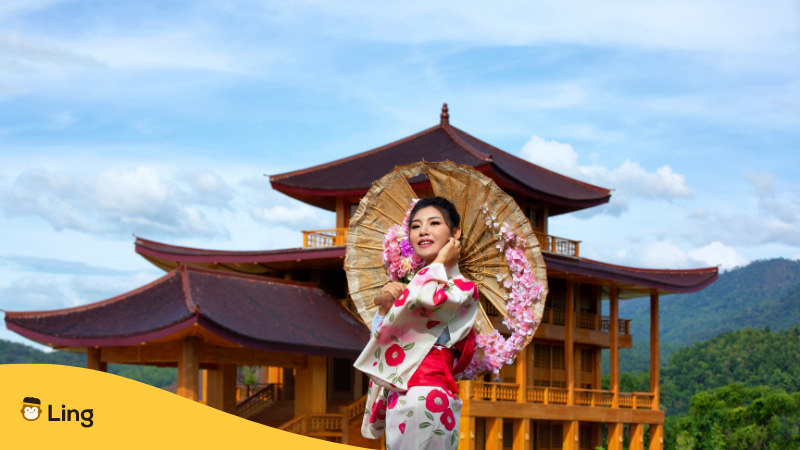
How To Say You Are Beautiful To Women In Japanese
What do you say when you see or meet a beautiful woman and want to express their beauty in Japanese? There are many different terms in their language to tell a woman she is beautiful in Japanese. You can use ‘utsukushii’ to inform a woman you think she’s beautiful.
However, you should only say:
You are beautiful – あなたは美しいです / Anata wa utsukushīdesu
You can use this phrase if you genuinely mean it when the other person is incredibly beautiful inside and out, so it strongly affects you. You would only say this to a woman you love.
A better term to use, especially for women, is:
Beautiful person/woman – 美人 / bijin
It is used to describe outward appearance instead of internal beauty and is most commonly used to describe a beautiful woman.
How To Tell A Girl She’s Beautiful In Japanese
Beautiful girl – 美少女 / bishojo
Because in Japanese culture, there are class determiners based on age, there is a different way to tell a girl she is beautiful in Japanese. This simple phrase is how to tell a girl she is beautiful:
How To Tell A Girl She’s Pretty In Japanese
Now you may not want to use beautiful all of the time. So what is the Japanese word for pretty? Kawaii / 可愛い (かわいい) / ka-why
Kawaii is the language used by the Japanese people to describe people and things that are; cute, pretty, lovely, or charming. If you saw a pretty woman, you might say:
You are pretty – かわいいね / Kawaī ne
Or you might compliment a woman in Japanese, such as:
Your hair is so pretty – 髪の毛超綺麗だね (casual) あなたの髪はとてもきれいです (polite) / Anata no kami wa totemo kireidesu
In this example, ‘kirei’ is used as the adjective meaning pretty.
How To Tell A Girl She’s Cute In Japanese
Maybe you’ve met a woman or a girl you think is adorable. In this instance, you might say:
You are really cute – あなたは本当に可愛いよ /。anata ha hontouni kawaii yo
Kawaii is a very versatile adjective in Japanese and is used for so many things and is interchangeable, meaning cute and pretty.

How To Say You Are Handsome To Men In Japanese
In most cultures, men and boys would be taken aback by being called beautiful, pretty, or cute, and it’s the same in Japanese culture. It’s more appropriate to call a man ‘handsome or good-looking,’ rather than beautiful in Japanese.
Thankfully, there are also various ways to describe a handsome man in the Japanese language, and the Japanese word for handsome sounds quite similar to its English counterpart. The most formal adjective for beauty in a male is:
To tell a man they are handsome in Japan, you would say: You are handsome – あなたはハンサムです /Anata wa hansamudesu
You would use this term for a man who is beautiful both inside and out and reserve this word for loved ones.
How To Tell A Man Or Boy They’re Cool Or Good-looking In Japanese?
A much more common term is イケメン。ikemen , meaning good-looking man. It has become a very casual term used by the younger generations who use it openly to describe people they see or gossip about.
Another phrase used to describe a nice-looking boy would be, Beautiful boy – 美少年 / Bishounen which means he’s good-looking.
Finally, a more modern way to describe a handsome man in Japanese is to use this vocabulary, Cool – カッコいい / Kakko ii . Kakko ii can mean handsome, attractive, smooth, or cool.
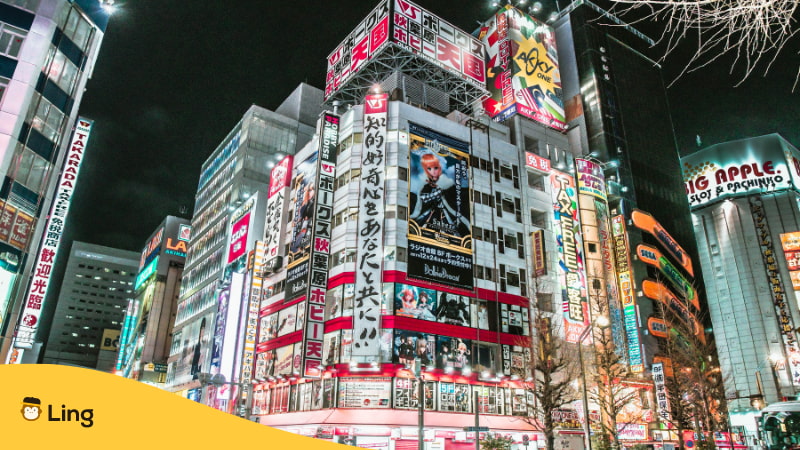
Other Ways To Say Beautiful In Japanese
Gorgeous In Japanese
The word gorgeous in Japanese has different uses meaning it can be both a noun or an adjective depending on the context. As an adjective, gorgeous 豪華 gouka is used to describe people, objects, and places. Let’s look at some sentences:
That woman’s hair is gorgeous! – その女性の髪はゴージャスです / Sono josei no kami wa gōjasudesu
She is gorgeous – 彼女はゴージャスです / Kanojo wa gōjasudesu
This resort is gorgeous – このリゾートはゴージャスです / Kono rizōto wa gōjasudesu
How To Say Elegant In Japanese
Elegant – 上品 / jouhin [ is used to describe a person or an object. Here are some phrases to express elegance:
It’s so elegant – 上品だね。/ Jōhinda ne
That ring is elegant – その指輪は上品です / Sono yubiwa wa jōhindesu
Saying Lovely In Japanese
Lovely is a term used by the Japanese people to express whether the appearance, an object, or an experience is splendid, wonderful, or beautiful. The Japanese word for lovely is 素敵 suteki
Here are some example sentences showing how to use it:
It was such a lovely trip – 素敵な旅だったね。/ Sutekina tabidatta ne.
You look lovely! – あなたは素敵に見えます / Anata wa suteki ni miemasu
What a lovely necklace – なんて素敵なネックレス / Nante sutekina nekkuresu
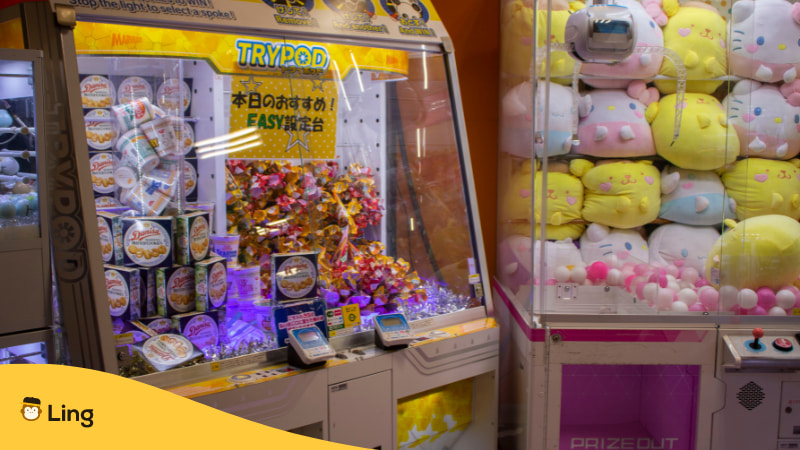
How To Say Cute In Japanese
‘Cute’ is probably one of the most used words in the Japanese language. After all, everything is cute 可愛い Kawaii! Japan is obsessed with a ‘cute culture’ where anyone and anything can be cute. Even phones, laptops, and furniture are considered cute in Japan. The term ‘kawaii’ describes everything – people, places, things, and even animals!
The word Kawaii used on its own, is often enough to express cuteness. For example, ‘You are cute’ translates to simply ‘Kawaii.’ You can get away with pointing at something or someone and exclaiming, “Kawaii!” and everyone would know what you mean! Of course, you could get more specific with your language choices and say:
Your cat is so cute – あなたの猫はとても可愛いです / Anata no neko wa totemo kawaīdesu
You look so cute today – 今日はとても可愛く見えます / Kyō wa totemo kawaiku miemasu
Learn More Japanese With The Ling App
So, there we have it! There are plenty of ways to express beauty and say something, or someone is beautiful in Japanese. To learn the ins and outs of describing beauty in Japan, wouldn’t it be great to immerse yourself in Japanese culture? Of course, that isn’t necessarily possible.
However, you can learn Japanese from the comfort of your own home. The Ling app gives you access to over 60+ languages, including Japanese, in the palm of your hand. Check it out on the Play Store or App Store and learn more about Japanese today!
